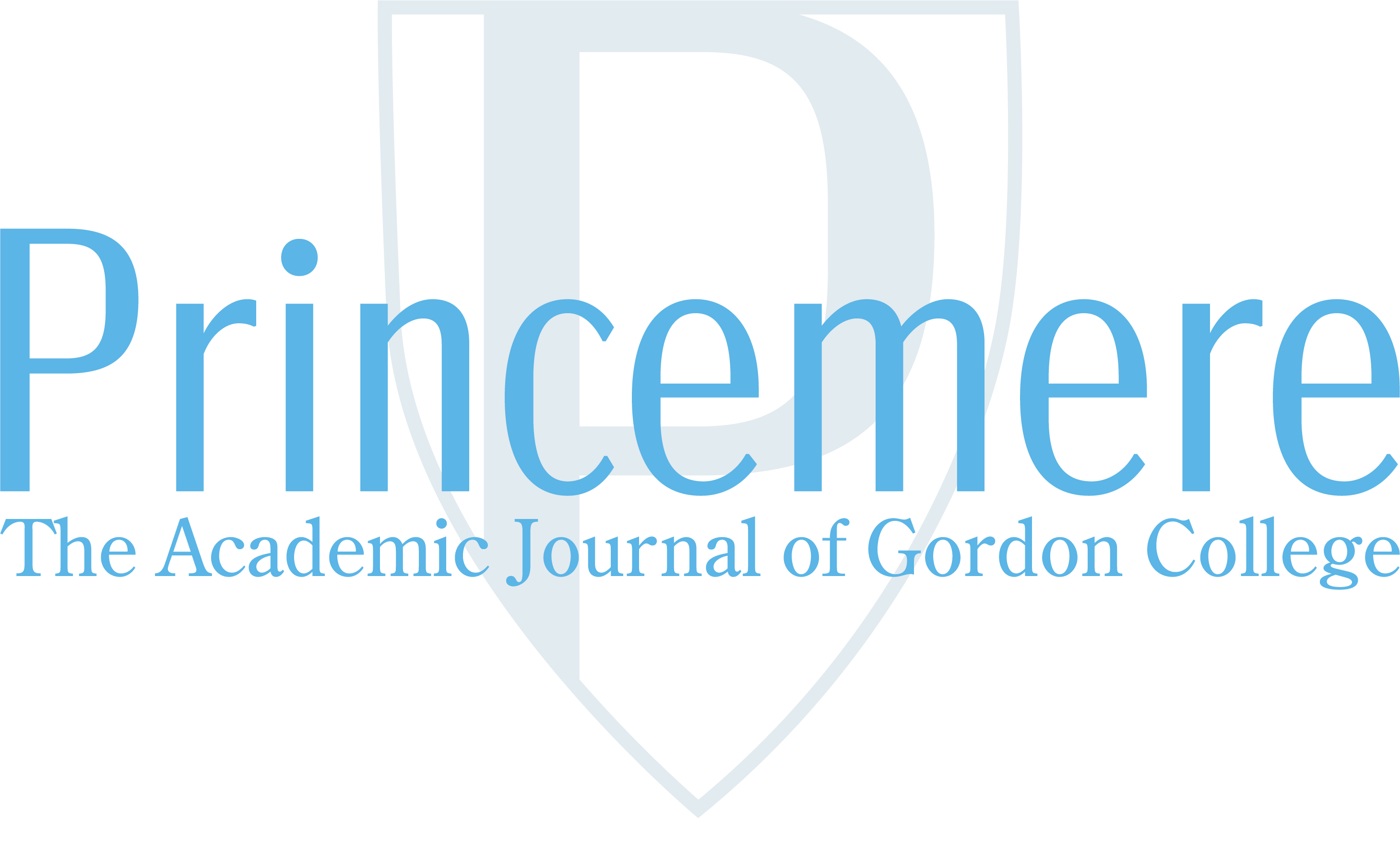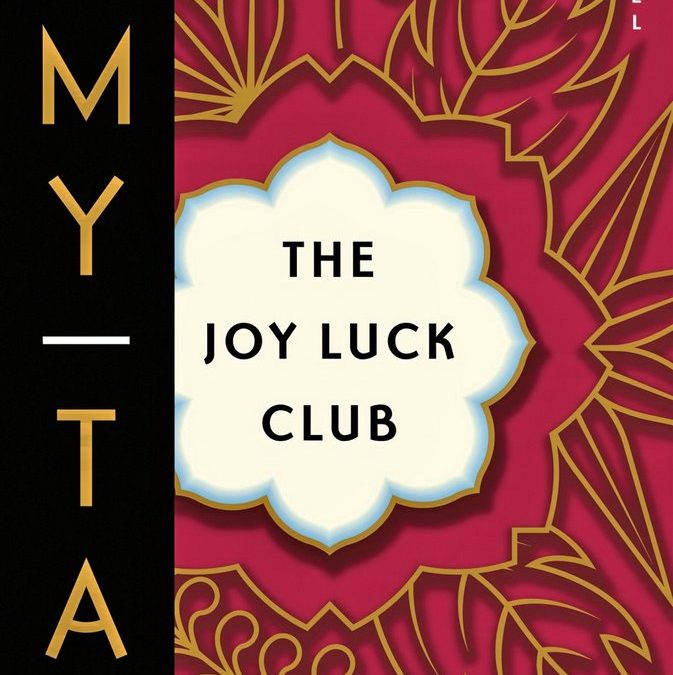The Joy Luck Club was written by Amy Tan, an American author born to Chinese immigrant parents, and is both parts history and fiction. Published in 1989, this classic novel about four Chinese immigrant women and their daughters celebrates Chinese culture and the immigrant spirit in a deeply personal way. By boiling down the struggle of Asian citizens, Asian immigrants, and Asian Americans to eight fictional yet realistic mothers and daughters, Tan helps an audience who may not be Chinese understand their culture. Each of the narrators is unique and experiences different times and cultures, and Amy Tan certainly did her historical research to bring these women to life. The novel spans from before World War II to the 1980s, filled to the brim with authentic historical events. Characters experience the United States’ immigration process, the horrifying invasion of China by the Japanese during World War II, and traditional culture and traditions like the Moon Festival and arranged marriages. So while the characters used to examine these aspects of Chinese culture are fictional, the culture and the history are most certainly real. Amy Tan drew from genuine Chinese historical experiences when she detailed the immigration process, the atrocities of World War II, and Chinese tradition and culture, making The Joy Luck Club historically accurate as well as true to the people her fictional characters represent.
Amy Tan’s description of the United States’ immigration process is seen through the characters of Ying-Ying St. Clair and Lindo Jong, who must both overcome challenges in order to enter the country. In Part 2, in a chapter narrated by Lena St. Clair called ‘The Voice from the Wall,’ she describes her mother’s experience immigrating to the United States. “My father said they didn’t have rules for dealing with the Chinese wife of a Caucasian citizen. Somehow, in the end, they declared her a Displaced Person, lost in a sea of immigration categories” (Tan 118). Angel Island Immigration Station Foundation confirms in their article, “History of Angel Island Immigration Station” that,
In the meantime, immigrants suffered through long waits on Angel Island for these accounts to be taken or to arrive in a world before instantaneous electronic communication. This period could range from several weeks if the testimony was taken locally to several months to years if the applicant was rejected and appealed the decision.
Because of the difficulties in immigrating to the United States, Lindo Jong decides to hire a woman to help her train to enter the country. “‘In America,’ she said, ‘you cannot say you want to live there forever. If you are Chinese, you must say you admire their schools, their ways of thinking. You must say you want to be a scholar and come back to teach Chinese people what you have learned’” (Tan 322). This kind of legal evasion was likely practiced due to the United States’ history of Asian exclusion, which Just Facts, a non-profit research and educational institute, confirms in its article about immigration: “In the 1940s and early 1950s, Congress repealed the laws that barred Asians from immigrating to the United States. Quotas still limited immigration from Asia to a greater degree than from Western countries.” If someone did not seem like they were going to stay, there was a higher chance that they would be allowed to enter. Amy Tan accurately portrays the trials of those Chinese who attempted to enter the United States after World War II.
Amy Tan also accurately portrays the Chinese arena of World War II. In the first chapter of the novel, narrated by Jing-Mei Woo entitled ‘The Joy Luck Club,’ Suyuan Woo recounts her experience escaping Kweilin, a Chinese city doomed to be overrun by the Japanese. “‘An army officer came to my house early one morning,’ she said, ‘and told me to go quickly to my husband in Chungking. And I knew he was telling me to run away from Kweilin. I knew what happened to officers and their families when the Japanese arrived’” (Tan 13). Suyuan does not say more, but there is evident fear of the Japanese in those words. In Forces War Records’ article ‘Prisoners of War of the Japanese 1939-1945,’ the reason for such fear, and Japanese brutality during the war, is revealed.
…the constraints of the Hague Conventions were explicitly removed from prisoners of war from China, the United States, Australia, Britain, Canada, India, the Netherlands, New Zealand and the Philippines held by the Japanese armed forces and these POWs were subject to murder, beatings, summary punishment, brutal treatment, forced labour, medical experimentation, starvation rations and poor medical treatment. The most notorious use of forced labour was in the construction of the Burma–Thailand ‘Death Railway’. According to the findings of the Tokyo Tribunal, the death rate of Western prisoners was 27.1%, seven times that of POWs under the Germans and Italians.
Another aspect of the war that Suyuan describes is the destruction of Kweilin, the city she had been hiding in. A TIME magazine article dating all the way back from October 16, 1944, reported, “Scorched city. Kweilin, the city of 300 hills, was put to the torch. All but a few aged standpatters and lost children had fled three weeks earlier; its ring of air bases had been burned and blasted.” The article corraborates two parts of Suyuan’s story, the first that there were many hills around the Chinese city. “The peaks looked like giant fried fish heads trying to jump out of a vat of oil. Behind each hill, I could see shadows of another fish, and then another and another” (Tan 7). The second part it confirms is that Kweilin was overrun by the Japanese. Suyuan says that, “‘I packed my things and my two babies into this wheelbarrow and began pushing to Chungking four days before the Japanese marched into Kweilin. On the road I heard news of the slaughter from people running past me. It was terrible’” (Tan 13). Amy Tan accurately describes one of the most tragic episodes in Chinese history.
A vital part of Chinese culture, and one that Tan incorporates well, is its traditions. The practice of Feng Shui, defined by Merriam-Webster Dictionary as “a Chinese geomantic practice in which a structure or site is chosen or configured so as to harmonize with the spiritual forces that inhabit it,” is described in the novel when Suyuan Woo gives a jade necklace to her daughter. “‘See, I wore this on my skin, so when you put it on your skin, then you know my meaning. This is your life’s importance” (Tan 259). However, Jing-Mei is unsure what her mother meant when she is given the gift, although she knows it has some sort of significance. “I think the carvings mean something, because shapes and detail, which I never seem to notice until after they’re pointed out to me, always mean something to Chinese people” (Tan 245). Rodika Tchi, an experienced feng shui consultant with a full-time practice in Vancouver, sheds some light on what that motherly meaning could be. “Unlike some other minerals, jade creates no strong rush of energy. This makes its energy very different from other popular feng shui stones, such as pyrite or hematite. The message of jade is “Love and Accept Yourself,” and its powerful healing effects begin by helping you align yourself with balanced, harmonious energy.” Jing-Mei ultimately finds peace with her mother before Suyuan’s death, and peace with herself when she finds her long-lost sisters in China. The mother’s prediction of what was to come in her daughter’s life shows Tan’s use of the exceptional traditions of the Chinese people to create a plot filled with symbols and foreshadowing. The Moon Festival, a popular celebration in China that is celebrated by sharing special moon cakes with friends, has its origin in myth. Gao Ling in an article entitled “The Moon Festival and the Lady of the Moon” describes the tale that inspired the tradition.
Like every other traditional Chinese festival, the Moon Festival’s origins come from a story passed on from generation to generation and it is always related to the moon lady Chang’e. According to a Chinese legend, there was a time when 10 suns hung in the sky, baking the earth dry, and depriving the people of water and life. A hero named Hou Yi climbed to the top of Kunlun Mountain and shot down 9 of the 10 suns with his bow and arrows, thus saving the people on Earth.
This is the same story that Ying-Ying St. Clair recounts in the fourth chapter of Part 1 entitled ‘The Moon Lady.’ “The Moon Lady clutched her throat and fell into a heap, crying, ‘The drought of the ten suns in the eastern sky!’ And just as she sang this, the Master Archer pointed his magic arrows and shot down nine suns which burst burst open with blood” (Tan 90). These two unique traditions were woven in to the narrative to reflect the traditions of China and are true to the heart of the practices.
Not all Chinese traditions were positive, however. Amy Tan explored less than joyful aspects of Chinese culture when she described her characters confronting suicide and arranged marriages. Within Part 4, in the chapter narrated by An-Mei Hsu entitled ‘Magpies,’ she describes both Second Wife’s pretend suicides and her own mother’s real suicide. “From the start, Second Wife knew how to control Wu Tsing’s money. She knew by the way his face paled at the sound of the wind that he was fearful of ghosts. And everybody knows that suicide is the only way a woman can escape a marriage and gain revenge, to come back as a ghost…” (Tan 292). Later, An-Mei’s mother commits the same act, but not to bolster her own position. Her suicide is not fake, and is meant to protect An-Mei’s future. “Because we both knew this: that on the third day after someone dies, the soul comes back to settle scores” (Tan 299). Lui Meng, with China Women’s College in Beijing, explains that the practice of female suicide was a way to gain power in her article “Rebellion and Revenge: The Meaning of suicide in rural China”:
Research has shown that suicide may have a different meaning in the Chinese context, especially for women with an inferior status within the family. Suicide is taken as an act of revenge in a moral and spiritual sense. The act of suicide is very powerful; it grants the woman so much power that she may achieve what she could not during her lifetime. The suicide event remains in the collective memory of the relatives and other people who knew the person. Its powerful meaning is related to the memory of the transgressive event of taking one’s own life as well as to the collective and personal guilt connected with the event.
This aspect of Chinese culture, although reprehensible in a Western context, is very much real, and Amy Tan’s heartbreaking account of how it affected one of her characters truly brings it to life. The character Lindo Jong describes a beautiful scenario in which two young people marry for love, in Part 1 in the chapter titled ‘The Red Candle,’ but then she details her own arranged marriage. “This was not my case. Instead, the village matchmaker came to my family when I was just two years old” (Tan 46). Arranged marriages, made by matchmakers when children are still quite young, is a foreign concept to most Americans. However, it was, and in some places still is, a recognizable part of life in China. In Melody Chia-Wen Lu’s thesis ‘Gender, Marriage and Migration: Contemporary Marriages between Mainland China and Taiwan,’ she verifies this when she writes, “Arranged marriage is considered ‘traditional’, neither modern nor necessarily negative since it is not uncommon to ‘first wed, then love.’” The process is understandably complicated, as there are many facets to consider when arranging a marriage. Lindo Jong remembers that, “The matchmaker bragged about me: ‘An earth horse and an earth sheep. This is the best marriage combination’” (Tan 47). This consultation of horoscopes to prove that a match would be advantageous is once again backed up by Lu.
Matchmatching was a sophisticated process, taking into account social status, wealth and reputation of two families, age, (potential) labour contributions and personal traits of both brides and grooms such as appearance and temperament. When a potential match is found, the horoscope (bazi) of the prospective bride and bridegroom will be matched to ascertain the approval of Heaven.
Lindo Jong’s story, beautifully crafted by Tan, once again reflects a common Chinese practice accurately: a fictional story set within the bounds of reality.
It is a daunting task to create a compelling story within the limits of history, but Amy Tan thoroughly researched the topics of the immigration process, World War II, and traditions to create a truly accurate picture of Chinese life. Far from detracting from the excitement of the narrative, the historical accuracy lends credence to the characters of the story, as they could easily exist in the form of a real Chinese woman. Tan truly honored her culture and the people her fictional characters represent when she decided to share their story with the rest of the world.

Christy Bartel
“Christy Bartel opened up her first Word Document when she was nine years. She started with creative fiction, inspired by her dad who was writing his own novel. She’s won several awards for short stories since then, including two Silver medals from the national Scholastic competition. She competed in Speech&Debate for five years, and debating resolutions about the Middle East, China, and the federal court system contributed greatly to her expertise in academic writing. Having been homeschooled since fourth grade, Christy’s mother was the one who reminded her to make her essays’ theses strong and her points clear and concise. If she wasn’t already majoring in International Relations and History, she would also add an English major because she’s obsessed with reading great books. Find her writing on her laptop in the lobby of the Wilderness Lodge hotel at Disney World in Florida on the weekend.”

